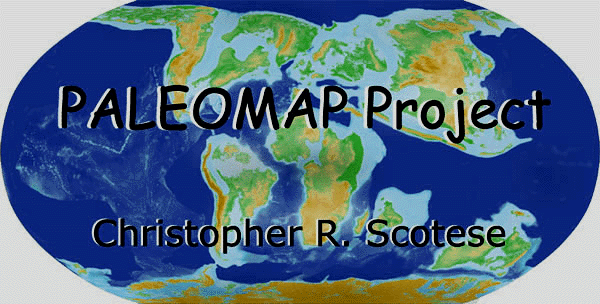
|
|
|
|
The Last Ice Age
During times of low sea level the continents are emergent, land faunas flourish, migration routes between continents open up, the climate becomes more seasonal, and probably most importantly, the global climate tends to cool off. This is largely because land tends to reflect the Sun's energy back to space, while the oceans absorb the Sun's energy. Also, landmasses at te poles permit the growth of permanent ice sheets, which because they are white, reflect even more energy back to space. The formation of ice on the continents, alsoe, lowers sea levelr, which exposes more land, which cools the Earth, forming more ice, and so on, and so on. The lesson here is: once the Earth begins to cool (or warm-up) positive feed-back mechanisms push the Earth's climate system to greater and greater cooling (or warming). During the last half of the Cenozoic the Earth began to cool off. Ice sheets formed first on Antarctica and then spread to the northern hemisphere. For the last 5 miilion years the Earth has been in a major Ice Age. There have been only a few times in Earth's history when it has been as cold as it has been during the last 5 million years. Topics: Other Ice Ages Extinction due to hunting of large game Mialnkovitch cycles Beruns Sea and S.E. Asia Land Bridges Human Evolution |